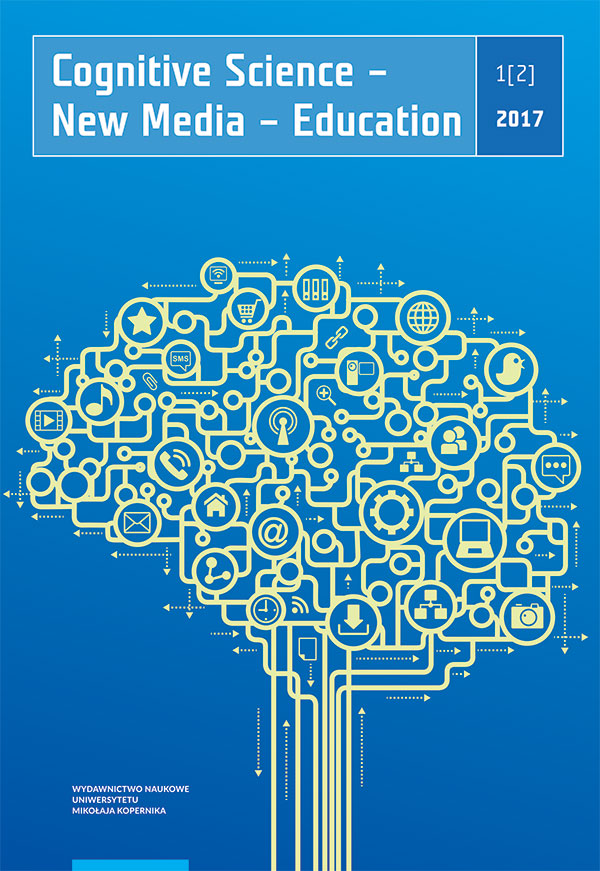How can legends be used in research-based teaching?
DOI:
https://doi.org/10.12775/CSNME.2017.004Klíčová slova
Sagn, hagiographical story, , teaching, legend collecting activity, curriculum, knowledge developmentAbstrakt
The objective of this article is to consider legends and show how these oral narratives were used in my research-based teaching at the Institute of Teacher Education and Pedagogy of the University of Tromsø – the Arctic University of Norway – in the period of 2003 – 2012. During this time period I took the lead in doing research and development work when my students and I collected a lot of legends mainly from Northern Norway. The reason why pedagogy students were involved in this work is that legends can be applied as a method of knowledge development. This will be helpful when the students become trained teachers and face their own pupils at primary and lower secondary school. Working with legends the students become aware of their own culture and culture of others, and thereby such a project will be a gateway to establishing knowledge structures. Moreover, each student receives training in his/her own writing skills. From start to finish this piece of work gives invaluable learning about one’s own creative activity.
In this article it will be defined what legends are, what type of legends there exist and what was registered about legends in the curriculum at the time which gave guideline to this project. It will be mainly focused on how one can work with legends in the student class, but also somewhat on what knowledge and experience such a project can give.
When it comes to the text form under consideration, the Norwegian word for it is sagn. In English translation the word legend is often used. Although the word legende (hagiographical story) in the Norwegian language characterizes religious texts[1] I will still use the word legend about this text form.
[1] Legende (hagiographical story) denotes originally a narrative about holy men and women. These narratives are edificatory stories about religious events, miracles and martyrs. The word «legende» (legenda/legere) comes from Latin and means something that should be read.
Reference
Drannikova Natalia (2008), Representations of the Chudes in Norwegian and Russian Folklore, “Acta Borealia, A Nordic Journal of Circumpolar Societies”,Volume 25, 2008, Issue 1.
Dysthe Olga (1987), Words on new traces. Introduction to process-oriented writing pedagogy, “The Norwegian Association”.
Dysthe Olga (1999), Words on new traces. Introduction to process-oriented writing pedagogy, “The Norwegian Association”, Oslo. The second edition.
Gjøsund Peik and Huseby Roar (2003), To or more. Basic knowledge in group psychology, N.W. Damm & Son.
Grambo Ronald (1984), Folkloric handbook. The term – terms, University Publisher.
Imsen Gunn (2001), The pupils’ world, Oslo: University Publishing House, The third edition.
Larsen Ann Sylvi and Larsen Roald (2002), Headless men and frozen to death hitchhikers: Living legend tradition from Northern Norway, Eureka Publishing House, Tromsø University College.
Larsen Roald and Levit Lev (2008), Norwegian folklore. A teaching aid for Russian speakers, Arctic Publisher.
Larsen Roald (2016), Between The Realistic and the Mythical. Analysis of a Local Nordic Legend, “Culture and Education”, Quarterly 2014, No. 5.
Larsen Roald (2016), Cultural heritage and knowledge structures, “Culture and Education”, Quarterly 2016, No. 5.
Curriculum of 1997 (L-97).
Solberg Olav (1999), Norwegian folk poetry: literary-historical lines and thematic perspective, Lnu, Cappelen Academical Publisher.
Internet sources
Torsken kommune, http://torsken.kommune.no/sagn.20617.no.html: The Man in Ausa.
Stahování
Publikováno
Jak citovat
Číslo
Sekce
Stats
Number of views and downloads: 682
Number of citations: 0



